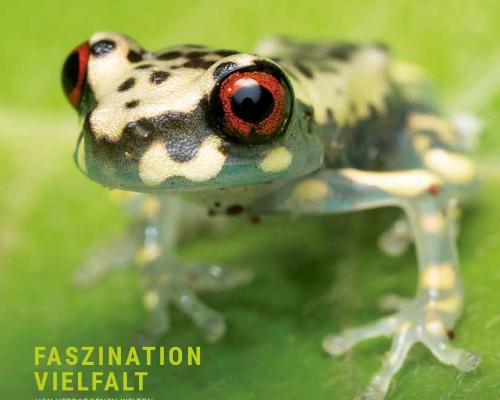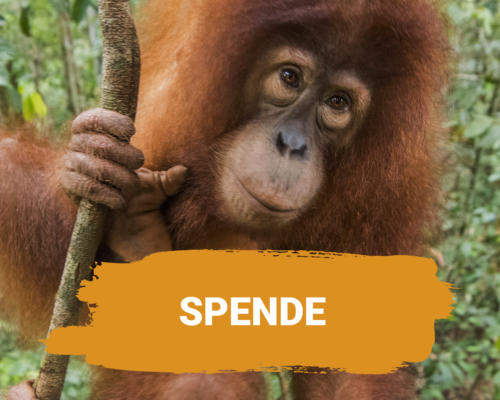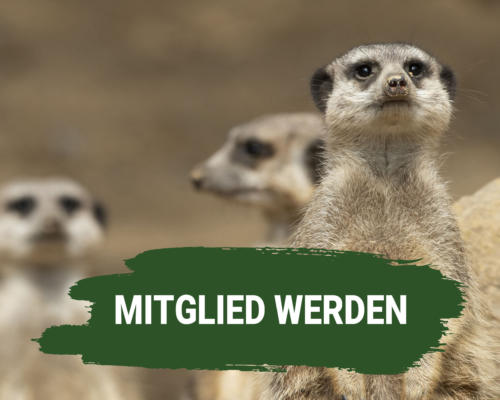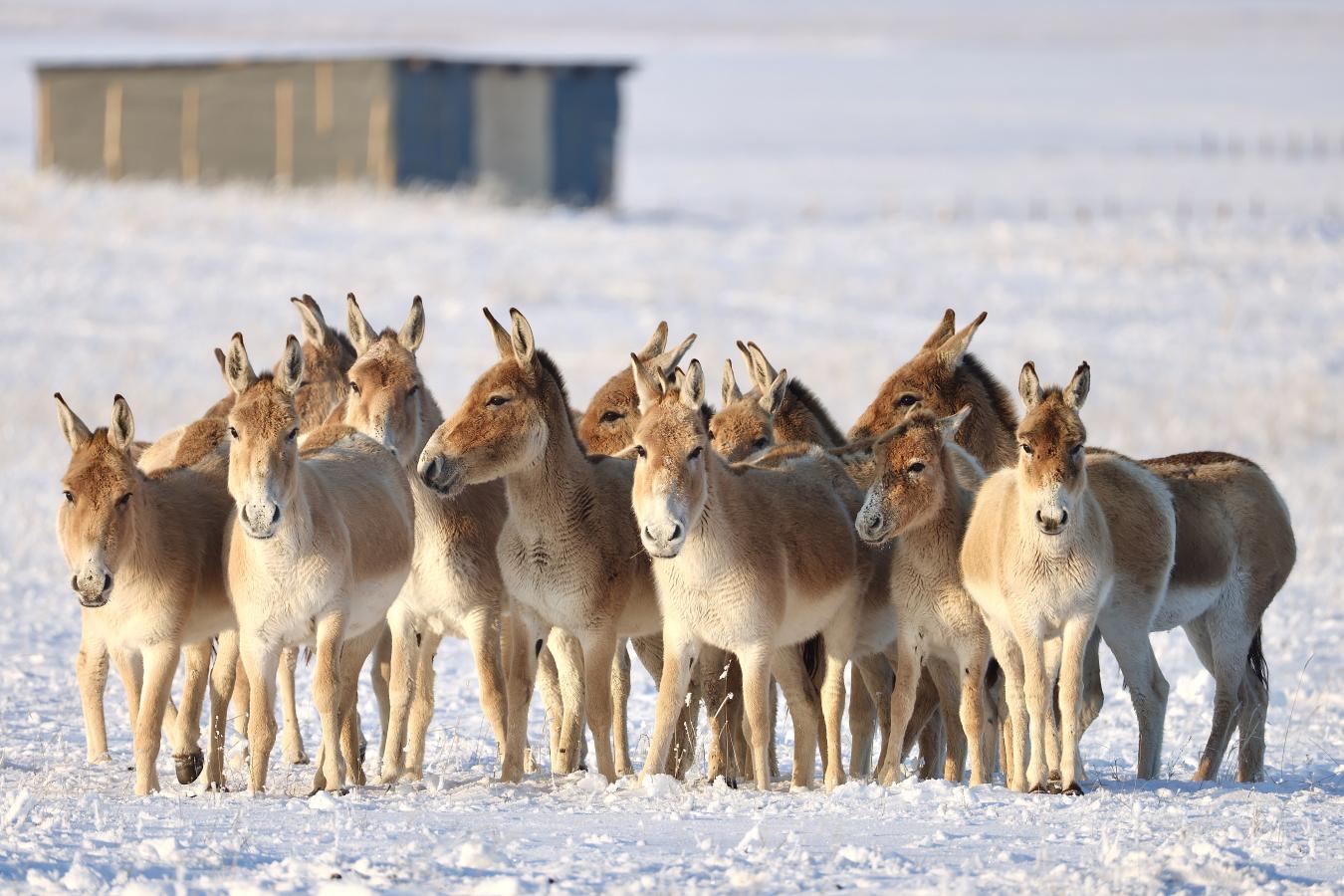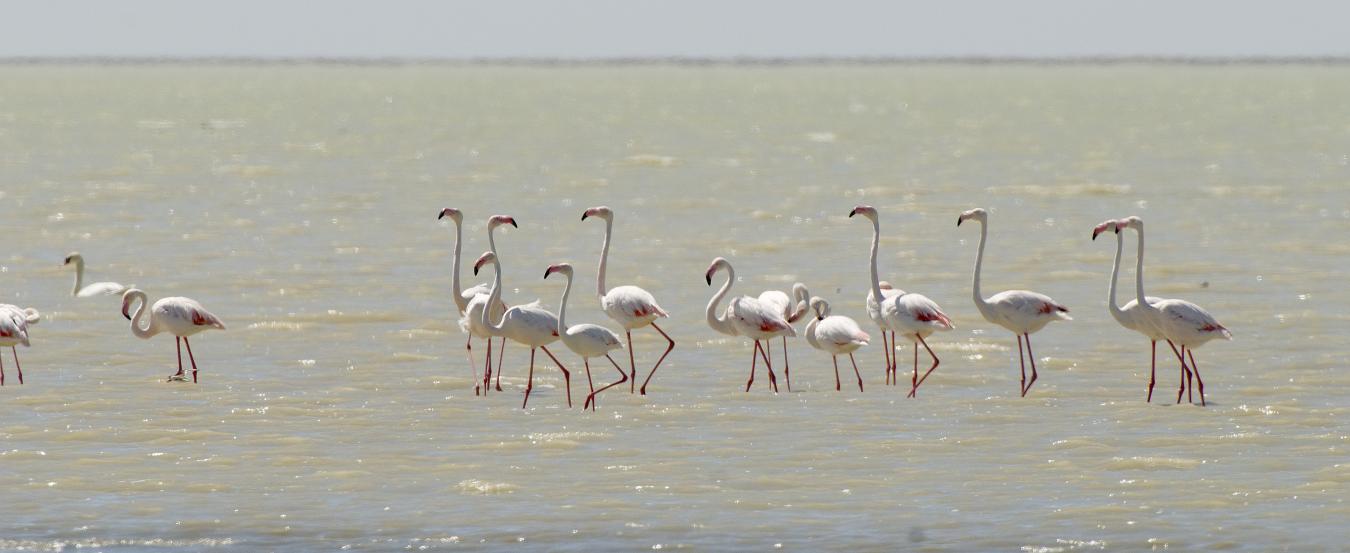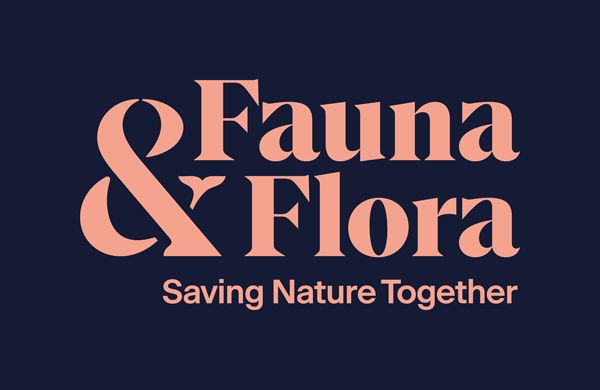Sechs Przewalski-Pferde werden in die Wildnis entlassen. Zuvor waren sie 200 Jahre lang lokal ausgestorben.
Kasachstan beherbergt eine der letzten großen intakten Graslandschaften der Erde. Die außergewöhnliche Landschaft aus Steppen, Halbwüsten und Wüsten durchzogen früher Millionen von Saiga-Antilopen, Wildeseln (Kulanen) und Przewalski-Pferden. Doch intensive Jagd und die Zerstörung ihres Lebensraums haben den Großteil dieser beeindruckenden Tierwelt ausgelöscht.
Jetzt bringen wir sie zurück.
Unser Ziel ist es, voll funktionsfähige Grasland-Ökosysteme in Kasachstan wiederzuherstellen – sowohl für die Tiere als auch für Menschen.
- Programm: Altyn Dala – Wiederherstellung und Schutz des Steppenökosystems in Kasachstan
- Land: Kasachstan
- Fläche: 700,000 km² (ehemaliges Verbreitungsgebiet der Saiga-Antilope)
- Leitung: Stephanie Ward
- Kontakt: ward@zgf.de
Um das zu erreichen, hat sich die ZGF im Jahr 2006 mit nationalen und internationalen Partnerorganisationen sowie der Regierung Kasachstans zur Altyn Dala Conservation Initiative (ADCI) zusammengeschlossen. Altyn Dala ist Kasachisch und bedeutet “Goldene Steppe”. Inzwischen arbeitet die ADCI auf einer Fläche von 750.000 Quadratkilometern in Steppenökosystemen – dies entspricht in etwa der Größe der Türkei. Dort arbeitet sie daran, neue Schutzgebiete zu schaffen und bestehende zu erweitern, die Populationsgrößen von bedrohten Tierarten zu erhöhen und illegalen Handel mit Wildtieren zu verhindern. Ein weiterer wichtiger Aspekt ihrer Arbeit ist die Schulung von Rangern sowie gezielte Umweltbildung und Informationsvermittlung in umliegenden Gemeinden. Für ihre Arbeit hat die Initiative den Titel “UN World Restoration Flagship” sowie den Earthshot Prize erhalten.


Die zweite Kohorte, bestehend aus sieben Pferden aus Europäischen Zoos, kommt in Alibi an.

Die Altyn Dala Conservation Initiative gewinnt den prestigeträchtigen Earthshot Prize.

Der historische, 50-Stunden-lange Kulan-Transport ist erfolgreich: Alle 24 Tiere kommen wohlbehalten an.

Die Bewegungsdaten der Saigas fließen in den Global Atlas of Ungulate Migration ein.

Die Altyn Dala Conservation Initiative tritt der Global Rewilding Alliance bei.

Die erste Kohorte von sieben Wildpferden aus Europäischen Zoos kommt in Alibi an.

Der nationale Bestand an Saigas übersteigt die 2,8 Millionen.

Geburt der ersten beiden Kulanfohlen in freier Wildbahn, nachdem sie 100 Jahre lang lokal ausgestorben waren.

Die kasachische Regierung initiiert die Rückkehr der Wildpferde nach Kasachstan. Unsere Feldstation “Alibi” wird als Wiederansiedlungszentrum ausgewählt.

Die Saiga-Antilopen werden auf der Roten Liste gefährdeter Arten der IUCN von “vom Aussterben bedroht” zu “potentiell gefährdet” herab gestuft.

Altyn Dala erhält den Titel “World Restoration Flagship” von der UN Decade on Ecosystem Restoration.

Vier weitere Kulane werden von Altyn Emel nach Altyn Dala gebracht.

Geburt des zweiten Kulanfohlens.
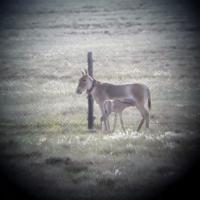
Geburt des ersten Kulanfohlens in Zentralkasachstan nach fast 100 Jahren.
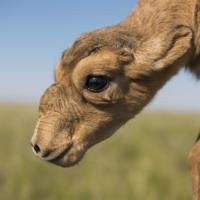
Die Ergebnisse einer Untersuchung der Regierung Kasachstans zeigen, dass sich die Saiga-Population erholt hat und nun fast eine Million Tiere zählt.

Zwei weitere Kulane werden vom Aralsee nach Altyn Dala gebracht.

Die Zahl der Saiga-Antilopen in Kasachstan steigt nach dem Massensterben wieder auf über 300.000 Tiere.

Wiederansiedlung der ersten Kohorte Kulane – bestehend aus neun Tieren – in Zentralkasachstan.

Die Altyn Dala Conservation Initiative erweitert ihr Gebiet und umfasst nun auch die Saiga-Population in Ustyurt im Westen Kasachstans.

Das Irgyz-Torgai State Nature Reserve wurde um 409.962 ha auf 1.173.511 ha erweitert.

Das Massensterben der Saiga-Antilopen in der Betpak Dala lässt 60 % der globalen Population einbrechen.

Einrichtung des Yrgyz-Torgai-Zhylanshyk Ecological Corridor (~2 Millionen ha).
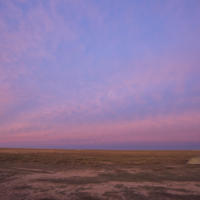
Einrichtung des Altyn Dala State Nature Reserve (489.766 ha).

ACBK pachtet zwei Jagdgebiete, die für das Kalben und die Wanderung der Saigas von besonderer Bedeutung sind (340.000 ha).

Erweiterung des Korgalzhyn State Nature Reserve um 284.208 ha auf 543.171 ha insgesamt.

Einrichtung des Irgyz-Torgai State Nature Reserve (763.549 ha).

Die Altyn Dala Conservation Initiative wird von der ZGF mitbegründet. Die ZGF unterstützt die Bekämpfung der Wilderei in Kasachstan durch die ADCI.
Die Altyn Dala Conservation Initiative ist ein Gemeinschaftsprojekt und wird von der Association for the Conservation of Biodiversity of Kazakhstan geleitet. Finanzielle und technische Unterstützung leisten Fauna & Flora, die Zoologische Gesellschaft Frankfurt (ZGF) und die Royal Society for the Protection of Birds in Zusammenarbeit mit dem Committee for Forestry and Wildlife des kasachischen Ministeriums für Ökologie, Geologie und natürliche Ressourcen.






